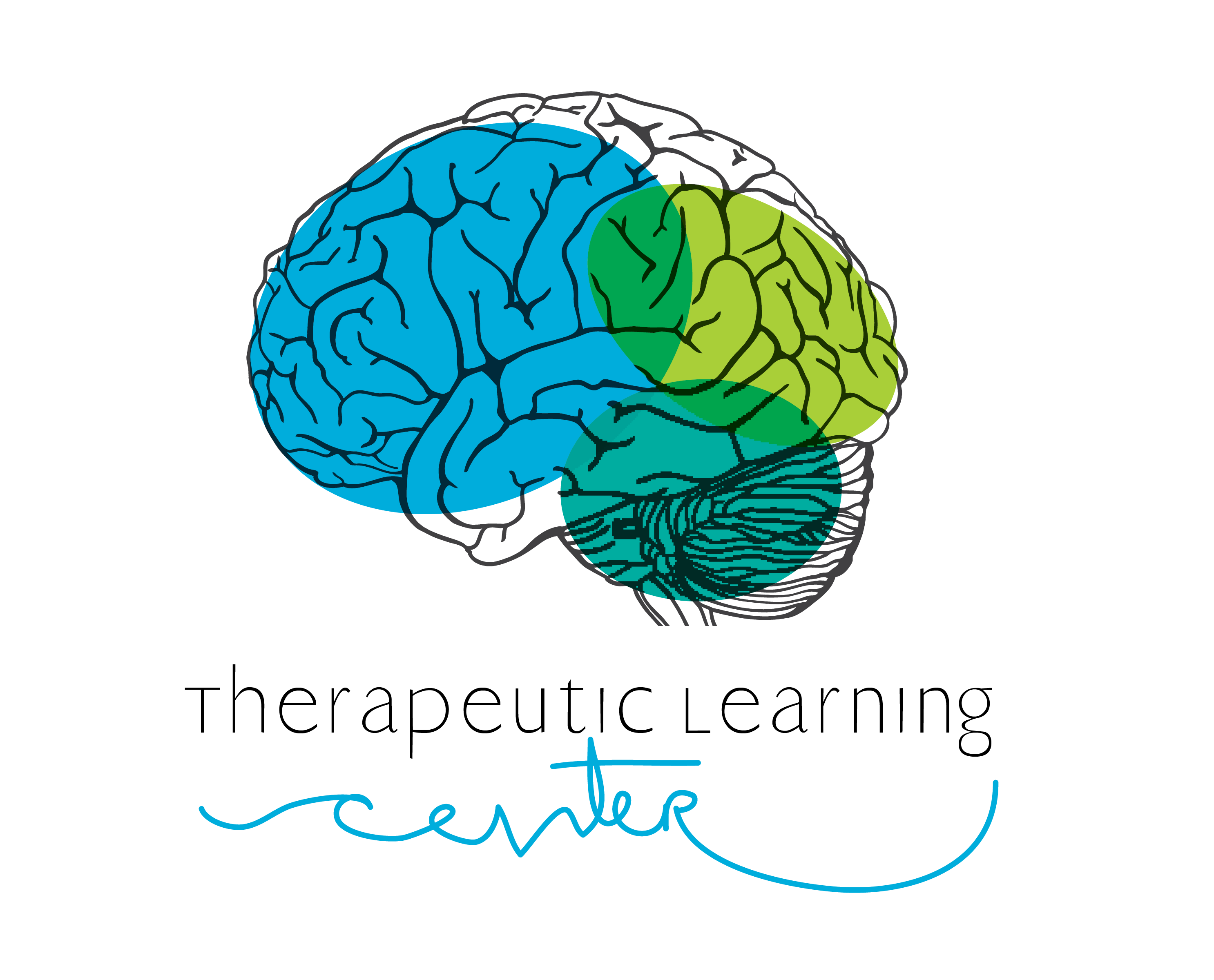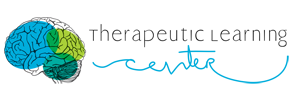We need to remind ourselves that ‘Accessibility’ needn’t be a term reserved just for physically disabled. Those with dyslexia or other learning disabilities face real challenges navigating the world of printed words. It’s largely inaccessible to them because it’s often incomprehensible. However, new accessibility apps from Apple and others, are beginning to give these people theRead more

0%


